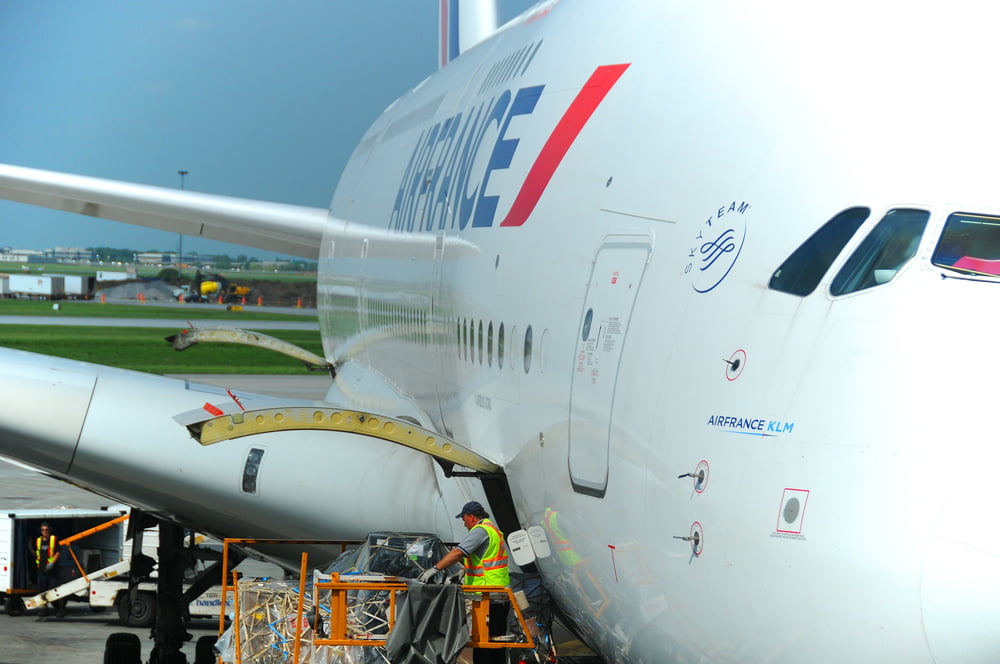As early as February of this year, Airbus announced itself that it would stop producing new A380 aircraft in 2021. There are not enough new orders to keep an entire and expensive production line open. The aircraft will therefore eventually disappear from the aviation image anyway. However, many aircraft have a lifespan of 20-30 years.
Singapore Airlines, from Singapore, already sent two copies to the scrap yard. It was more interesting to sell the spare parts than to keep them in the air themselves. German Lufthansa will also reduce its fleet in the coming years and now French Air France is going to retire all its A380 aircraft, ten in total, by 2022.
This means there is a good chance that the largest passenger aircraft in the world will finally arrive at the aviation graveyard faster than other aircraft. Ultimately, only the Arab Emirates, from Dubai, will continue to fly with the impressive double-decker until the mid-2030s.
Newer, smaller and more economical devices have entered the market. And that of both the American Boeing, just think of the Boeing 787 Dreamliner, but also of the European Airbus itself, just think of the Airbus A350 or the Airbus A330 NEO. These devices are therefore smaller and therefore easier to fill. They also quickly consume 20 percent less fuel per seat than the more greedy (and already efficient) Airbus A380. These innovations make them more interesting for airlines to earn money with.



